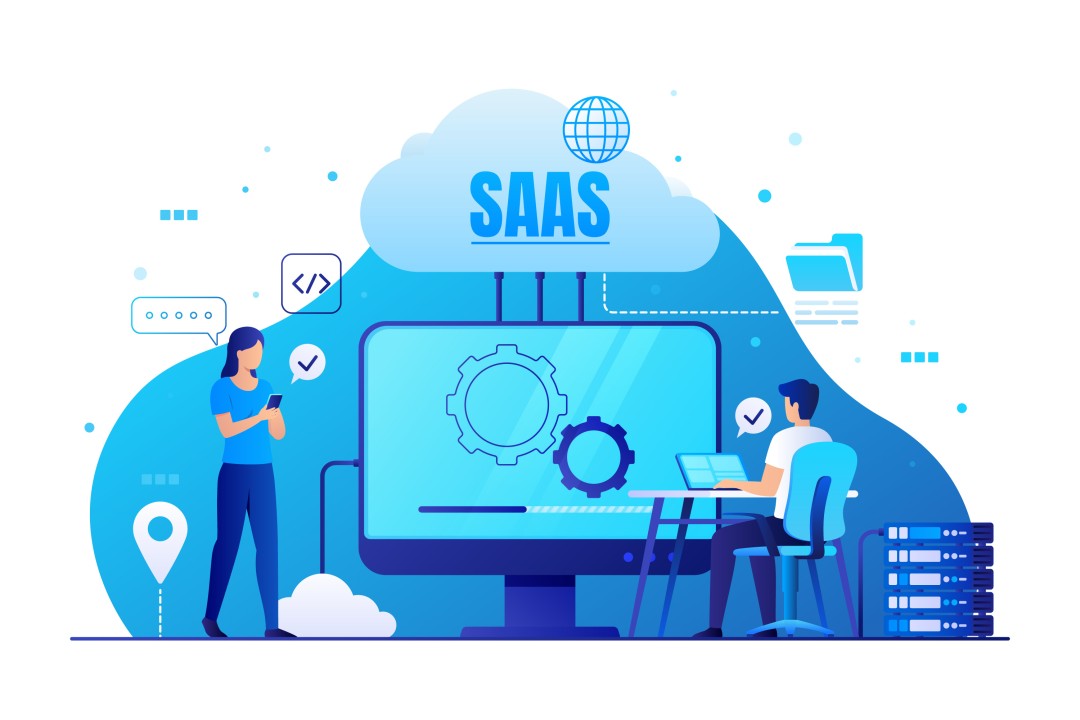Hello!
Picture a seasoned maestro guiding a symphony; every instrument must hit the right note at the precise moment for the magic to unfold. Similarly, in the bustling digital orchestra of today’s business landscape, your SaaS company must fine-tune its marketing funnel to resonate with the audience’s heartbeat.
Within this intricate dance, understanding your prospects becomes the opening chord, setting the stage for a captivating melody of engagement and conversion. Keep reading, and orchestrate your success.
What is a SaaS marketing funnel?
 Imagine a funnel – wide at the top and tapering as you descend towards its base. In the realm of Software as a Service (SaaS), this funnel metaphorically maps out the voyage your prospective B2B customers undertake, beginning with an introduction to your solution and culminating in their allegiance to your brand.
Imagine a funnel – wide at the top and tapering as you descend towards its base. In the realm of Software as a Service (SaaS), this funnel metaphorically maps out the voyage your prospective B2B customers undertake, beginning with an introduction to your solution and culminating in their allegiance to your brand.
The funnel’s expansive top captures the vast array of potential users, while its narrowing base signifies the meticulous process of converting these prospects into staunch advocates of your service.
Why is a SaaS marketing funnel important?
The journey of a potential customer is far from linear, resembling more of an intricate web than a straight line. The sales process of a SaaS business mirrors this complexity, requiring tools to decode and streamline these multifaceted interactions.
The SaaS marketing funnel serves as this very tool, offering businesses a systematic approach to understand and navigate the meandering paths that customers take.
For any marketing team, the concept of a funnel provides invaluable insights, enabling them to discern where a potential customer stands in their purchasing journey. With this clarity, strategies can be more precisely tailored, ensuring each interaction is purposeful and nudges the prospect closer to a buying decision.
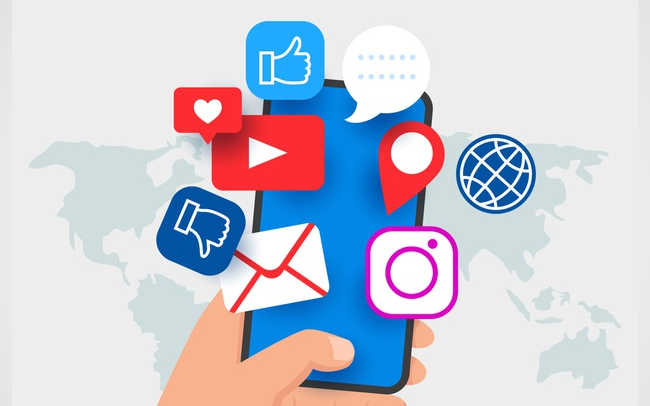 The funnel’s structure ensures that every touchpoint, from reading a blog to attending a demo, is accounted for, allowing for efficient resource allocation and targeted engagement.
The funnel’s structure ensures that every touchpoint, from reading a blog to attending a demo, is accounted for, allowing for efficient resource allocation and targeted engagement.
The real power of the SaaS marketing funnel, however, lies in its analytical capabilities. By diving deep into funnel metrics, businesses can pinpoint bottlenecks, optimize strategies, and refine the overall customer experience.
In the dynamic world of SaaS, where every interaction counts, having such a structured and insightful tool is indispensable for success.
How to build and optimize a SaaS marketing funnel
Crafting an exceptional SaaS product is no small feat. But how can you ensure that your B2B audience not only learns about your software but becomes interested in what it can do?
That’s where having a mastery of B2B SaaS marketing comes into play, as well as how to use a SaaS marketing funnel to guide buyers from discovery to loyalty.
With content marketing playing a pivotal role, let’s get back to basics and learn how you can build interest and set your product apart from your rivals.
The basic stages of a SaaS marketing funnel
Discovery (Awareness)
Top of the Funnel: The first marketing funnel stage is usually the initial point someone encounters your brand. Like a standout introduction at a grand event, it’s where you have the chance to grab attention and build intrigue.
Evaluation (Consideration)
Middle of the funnel: Moving forward in the stages of the sales funnel, potential clients are in the thick of their research. They are analyzing your software’s offerings, browsing through testimonials, and putting your solutions head-to-head with your competitors.
It’s at this pivotal point they’re looking for compelling reasons why your SaaS stands above the rest.
Onboarding (Conversion)
 Bottom of the Funnel: As you approach the bottom of the funnel, this could be the crowning moment. Here, prospects, convinced of your brand’s value, decide to make the leap and become your customers. But remember, while this is a significant stage, the journey is far from over.
Bottom of the Funnel: As you approach the bottom of the funnel, this could be the crowning moment. Here, prospects, convinced of your brand’s value, decide to make the leap and become your customers. But remember, while this is a significant stage, the journey is far from over.
Loyalty Building (Retention)
Having moved past the initial stages and now at the deepest end of themarketing funnel, it’s time to focus on nurturing. With a customer now onboard, your task is to engage, satisfy, and possibly turn them into fervent ambassadors of your brand. The bottom of the funnel isn’t just about conversion; it’s about cementing relationships.
Building your SaaS marketing funnel
On the frontier of the digital world, crafting a robust marketing funnel is essential for SaaS businesses looking to thrive. To truly build a SaaS sales funnel that drives results, you need to integrate several key components.
Pinpoint your ideal customer
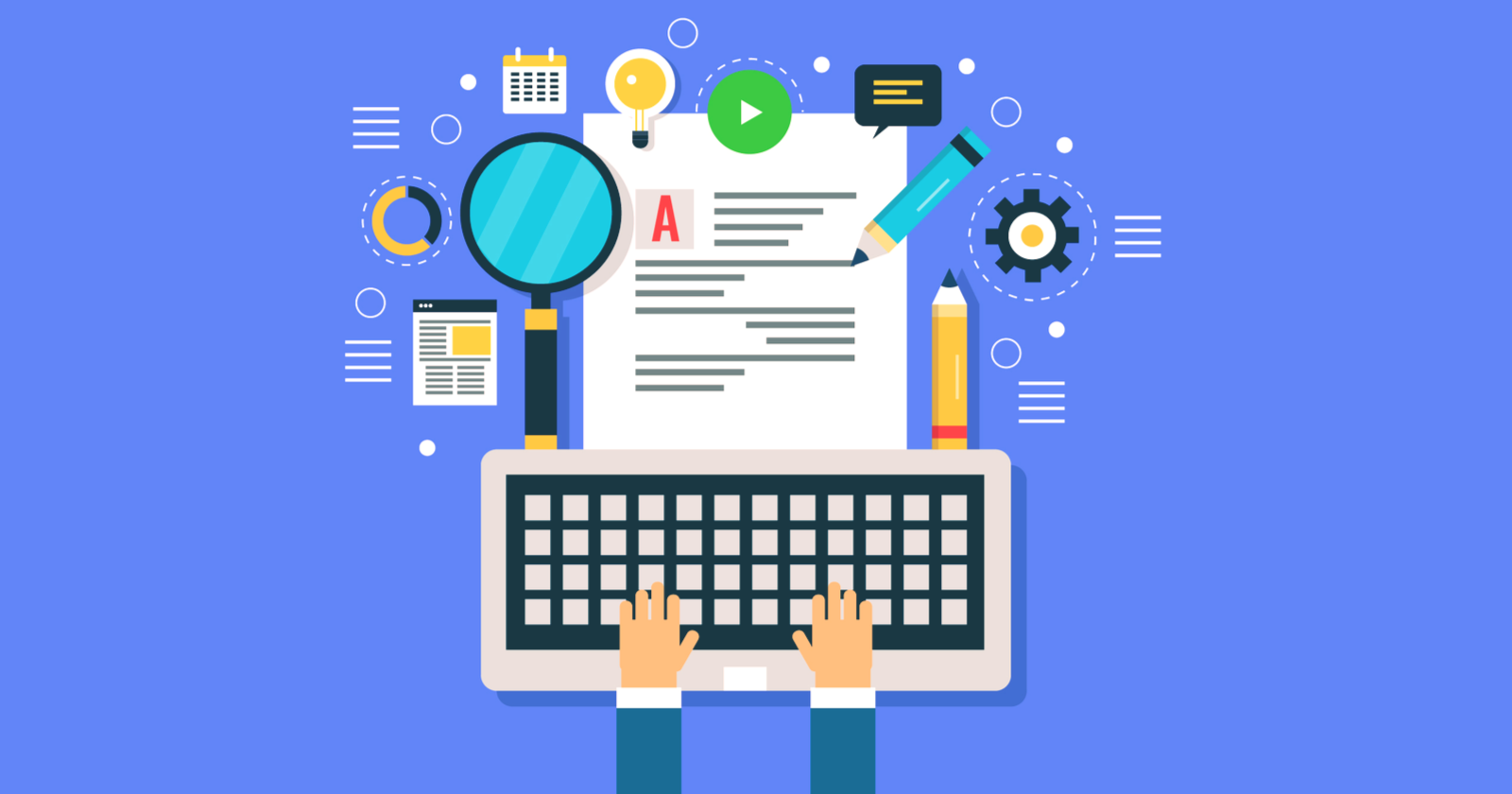 Before diving into specific marketing campaigns, it’s crucial to have a thorough understanding of your target audience. Reflect on these aspects:
Before diving into specific marketing campaigns, it’s crucial to have a thorough understanding of your target audience. Reflect on these aspects:
- Who is your service designed for?
- Which problems or challenges do they frequently encounter?
- Why would they look for a solution like yours?
Identifying these pain points not only offers insight into your prospective customer’s needs but also ensures that your marketing campaigns address these issues directly, providing genuine solutions.
Craft value-driven content
Content forms the foundation of all successful marketing campaigns. It’s not just about pushing out articles or videos; it’s about offering genuine value.
 Consider these content strategies:
Consider these content strategies:
- Blogs: Share articles that tackle the pain points your target audience encounters.
- Webinars: Provide real-time discussions or tutorials, creating an environment for users to engage and ask questions.
- Videos: Demonstrate the ins and outs of your product, highlight customer testimonials, or simplify complex features for easy understanding.
Your primary objective with content should be to emphasize the unique benefits of your SaaS product, positioning your brand as a trusted industry leader.
Embrace the power of personalized email marketing
 Email marketing remains a formidable tool in any digital marketer’s toolkit, especially when curated with a personal touch. Here’s how to harness its potential for your SaaS:
Email marketing remains a formidable tool in any digital marketer’s toolkit, especially when curated with a personal touch. Here’s how to harness its potential for your SaaS:
- Initiate Conversations: Send out welcome emails when someone subscribes or registers, marking the start of their journey in your sales funnel.
- Guide Prospects: Develop a sequence of emails that navigate your subscribers through the various stages of your SaaS marketing funnel, from their initial awareness to the final decision-making phase.
- Deliver Timely Information: Ensure that the content of your emails addresses the pain points at the right time, making them more impactful and relevant.
By implementing a refined and targeted email marketing strategy, you can nurture leads and steadily guide them toward becoming loyal customers. Combining an understanding of your audience’s pain points with effective content and marketing campaigns is key to constructing a successful SaaS sales funnel.
Optimizing the funnel
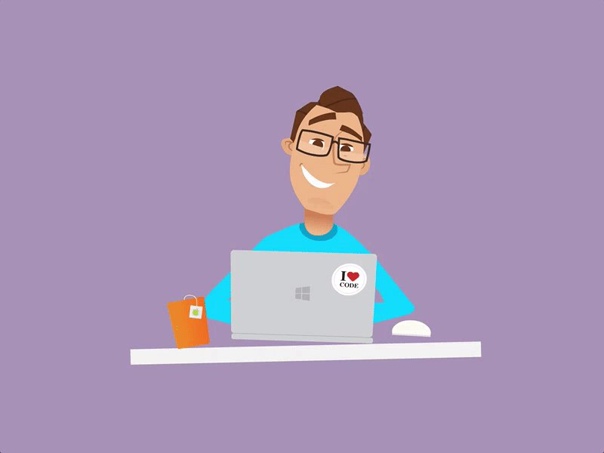 The marketing funnel, especially when focusing on how to optimize your SaaS sales funnel, symbolizes the journey a potential customer undergoes before becoming an ardent supporter of your product or service. In the ideal scenario, every visitor would transition fluidly from one phase of the funnel to the next.
The marketing funnel, especially when focusing on how to optimize your SaaS sales funnel, symbolizes the journey a potential customer undergoes before becoming an ardent supporter of your product or service. In the ideal scenario, every visitor would transition fluidly from one phase of the funnel to the next.
However, reality often presents challenges, with prospects dropping off at different stages.
Fortunately, techniques exist to address these issues and elevate funnel optimization for peak outcomes.
Monitoring key performance indicators (KPIs)
At the bedrock of ensuring that your SaaS sales funnel operates at its highest potential is vigilantly monitoring essential statistics that can inform your future actions.
Which metrics should be on your radar?
- Conversion Rates: This is the proportion of visitors who take a preferred action, such as registering for a newsletter or making a purchase.
- Bounce Rates: This is the percentage of visitors who exit your site after perusing just one page. Elevated bounce rates might hint that your landing page isn’t enticing or doesn’t match what a visitor is anticipating.
- SaaS Sales Funnel Metrics: These metrics, often used exclusively by -as-a-Service businesses, can include measures like trial-to-paid conversion rates, Monthly Recurring Revenue (MRR), and Customer Lifetime Value (CLV).
By closely tracking these metrics, businesses can discern possible weaknesses in their funnel and come up with strategies to improve them.
A/B testing: Why it’s a game-changer
 At the nucleus of funnel optimization lies experimentation.
At the nucleus of funnel optimization lies experimentation.
A/B testing, or split testing, offers the means to compare two versions of a webpage or advertisement to ascertain which garners better engagement and conversions.
How can you use A/B testing effectively?
For instance, if you’re grappling with finding the best headline for your landing page, A/B testing means you should create two versions, each with distinct headlines.
Your audience is then divided, with one segment seeing version A and another encountering version B. By evaluating your performance metrics, you can learn which headline most resonates with the audience.
It’s not confined to headlines. A/B testing can be used for:
- Call-to-action (CTA) buttons
- Visuals
- Content layouts
- Color themes
- And many other elements!
Even minute alterations can profoundly influence conversion rates, consolidating A/B testing’s pivotal role in the funnel optimization toolkit.
Why customer feedback is a potential gold mine
In the whirlwind of dissecting metrics and instituting tests, there’s a risk of sidelining one of the most genuine reservoirs of insights: your patrons. Engaging candidly with your customers can furnish a treasure trove of information regarding what’s striking the right chord and what’s missing the beat.
 Effective methods to accrue feedback include:
Effective methods to accrue feedback include:
- Surveys: These can manifest as pop-ups on your site or be dispatched via email.
- Feedback forms: Integrate these into your site or post-transaction processes.
- Social Media Engagement: Channels like Twitter, Facebook, and Instagram pave direct communication avenues with your demographic.
- Direct Interactions: Ranging from focus groups to informal discussions.
Proactively soliciting and considering customer feedback ensures you can align your marketing with what your consumers expect, crafting a more adept SaaS sales funnel.
Best tools for building and optimizing your SaaS marketing funnel
Now, to facilitate this journey for your potential customers, you need effective tools. The market offers an array of options, each with its features, benefits, and price points. While there are many tools to choose from, anyone looking to enhance their marketing strategy should be sure to at least use these two:
CRM systems
 Customer Relationship Management (CRM) systems play a pivotal role in managing and analyzing customer interactions and data. They help businesses streamline processes, enhance profitability, and improve customer retention.
Customer Relationship Management (CRM) systems play a pivotal role in managing and analyzing customer interactions and data. They help businesses streamline processes, enhance profitability, and improve customer retention.
With the right CRM, you can automate sales tasks, keep track of customer interactions, and even predict future sales.
Email marketing platforms
An essential part of any marketing funnel is email marketing. It allows you to maintain a direct line of communication with your potential and existing customers. Email marketing platforms provide tools to design beautiful emails, segment your audience for targeted campaigns, and analyze the success of your efforts.
Identifying the best tools for your business
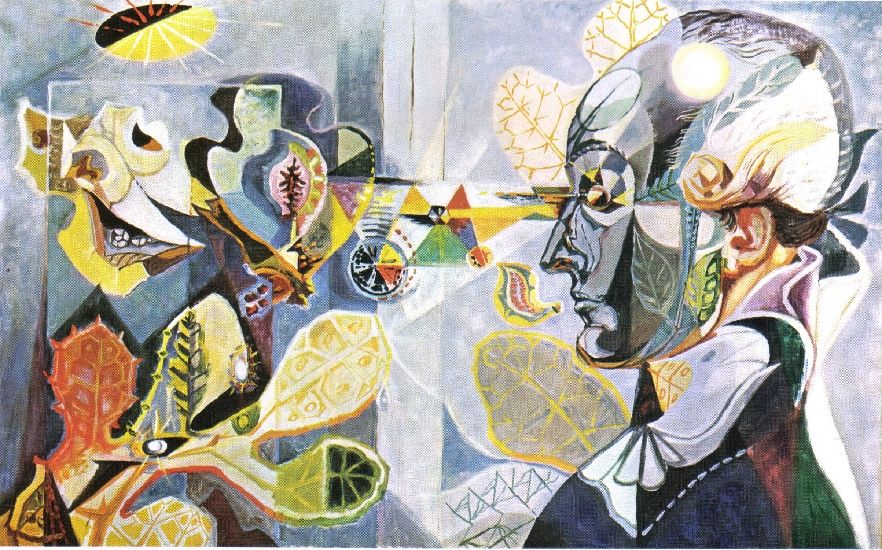 Choosing the right tools is not just about their capabilities, but it’s also about understanding your business needs.
Choosing the right tools is not just about their capabilities, but it’s also about understanding your business needs.
Here are a few steps to guide you:
- Assess Your Needs: Before diving into the pool of available tools, take a moment to understand your company’s requirements. Do you need a tool to manage your sales team? Or are you more focused on email campaigns?
- Set a Budget: While there are many high-end tools with extensive features, they might be overkill for a small business. Determine your budget and find tools that provide the best value for your investment.
- Check Reviews and Testimonials: Often, the experiences of other businesses can give you invaluable insights. Look for reviews and testimonials to get an idea of the tool’s efficacy and customer support.
- Opt for Scalability: As your business grows, your requirements might change. Choose tools that are scalable and can accommodate future needs.
Potential SaaS marketing funnel challenges and solutions
As we have mentioned, the SaaS marketing funnel is like a multi-stage journey where potential customers are guided from awareness of your service to the final stage of signing up as a client and beyond. It’s about converting a casual visitor into a loyal customer.
 But in this journey, there are various obstacles that can deter progress.
But in this journey, there are various obstacles that can deter progress.
Keeping Up with Ever-Changing Customer Behavior
Customers today are far more informed and discerning than ever before. Their preferences, needs, and behaviors are constantly evolving, making it challenging for businesses to predict their next move.
Striking the Right Balance Between Automation and Personalization
While automation can make processes efficient, over-relying on it can make interactions impersonal. In the age of personalized experiences, customers expect more than automated messages.
Ensuring Seamless Transition Between Funnel Stages
A disjointed or complex transition can make potential customers drop off midway. It’s essential to ensure that the flow feels natural and smooth for them.
How to overcome these challenges
Embrace Continuous Learning
To keep up with changing customer behaviors, businesses need to adopt a culture of continuous learning. Regular market research, surveys, and feedback mechanisms can provide insights into what the customers are looking for.
Combine Automation with a Human Touch
 Instead of fully automating interactions, use automation tools to identify potential areas of personalization. For instance, while an email campaign might be automated, the content within can be personalized based on user behavior.
Instead of fully automating interactions, use automation tools to identify potential areas of personalization. For instance, while an email campaign might be automated, the content within can be personalized based on user behavior.
Invest in User Experience
Make sure that the transitions between different stages of the funnel are seamless. A well-designed user interface, combined with clear and compelling content, can make navigation intuitive and engaging for the user.
Also read:
- Top 6 workout that Get Ready Your Body for Pregnancy
- Top Trends that will Shape E-Commerce Industry
- 3 Ways to Add Hours Back to Your Workweek
Conclusion
Constructing an effective SaaS marketing funnel is akin to solving a complex puzzle, requiring the right strategy, tools, and unwavering persistence. In the competitive SaaS landscape, it’s vital not just to attract, but to consistently provide value to users.
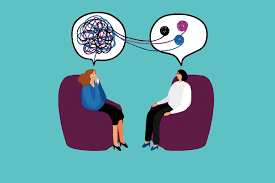 Each interaction, from the initial touchpoint to post-purchase engagements, should be meticulously curated to cater to the user’s needs.
Each interaction, from the initial touchpoint to post-purchase engagements, should be meticulously curated to cater to the user’s needs.
By prioritizing user-centric experiences and showcasing unwavering commitment, businesses can enhance brand visibility, boost conversions, and foster a loyal customer base.
The essence lies in understanding and cherishing the user’s journey, ensuring their every step with the brand is rewarding. SevenAtoms is a proven SaaS content marketing agency that can help you fuel demand generation and create organic visibility across the marketing funnel. Let us help!
Thank you!
Join us on social media!
See you!

